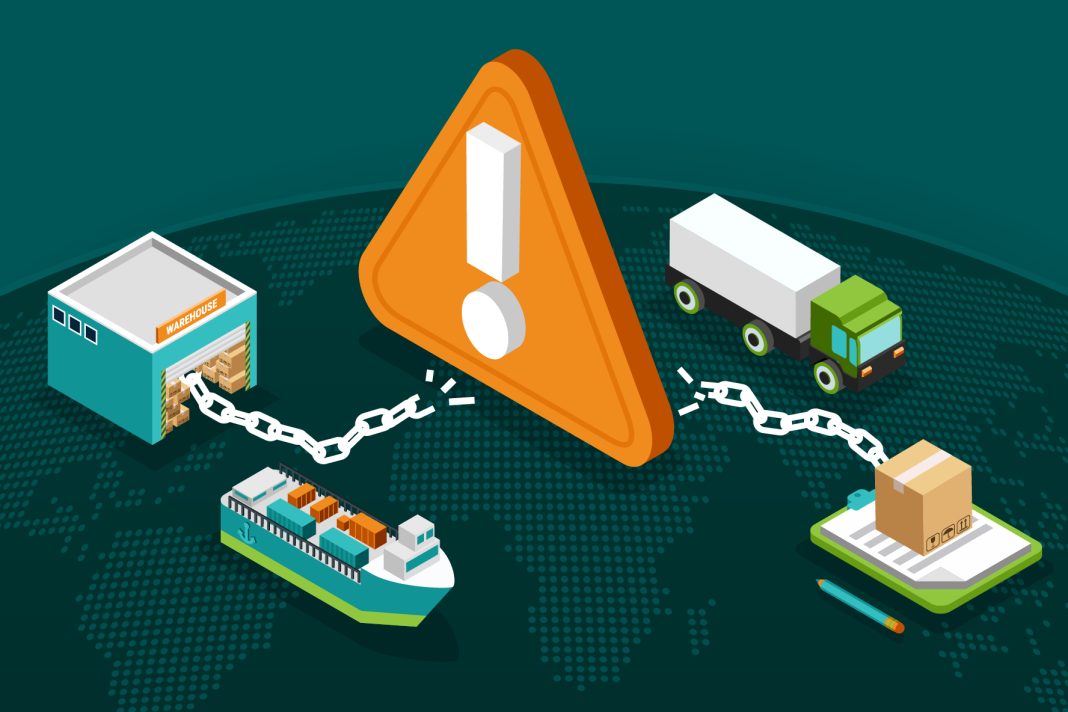Introduction
The global supply chain is the backbone of international trade, facilitating the movement of raw materials, components, and finished goods across borders. However, recent years have seen unprecedented disruptions that have threatened the stability of supply networks, leading to shortages, increased costs, and economic uncertainty. These disruptions have been driven by a combination of factors, including the COVID-19 pandemic, geopolitical tensions, labor shortages, and reliance on limited manufacturing hubs. Addressing these challenges requires a multifaceted approach involving businesses, governments, and technological advancements to ensure a more resilient and adaptive supply chain system.
Causes of Global Supply Chain Disruptions
1. COVID-19 Pandemic and Its Impact
The COVID-19 pandemic severely affected global supply chains by halting production, disrupting logistics, and reducing labor availability. Lockdowns and restrictions led to the closure of factories, particularly in major manufacturing hubs such as China, India, and Southeast Asia. The demand for essential goods, such as medical supplies and electronics, surged, further exacerbating supply constraints. The pandemic highlighted the vulnerability of supply chains to external shocks and underscored the need for greater adaptability.
2. Geopolitical Conflicts and Trade Wars
Trade disputes and geopolitical tensions between major economies, such as the United States and China, have led to supply chain disruptions. Tariffs, sanctions, and trade restrictions have made it difficult for companies to procure materials and components efficiently. Additionally, conflicts such as the Russia-Ukraine war have disrupted energy supplies and agricultural exports, affecting industries globally. These geopolitical uncertainties have forced companies to rethink their supply chain strategies and explore alternative sourcing options.
3. Over-Reliance on Few Manufacturing Hubs
Many companies have historically depended on a few manufacturing powerhouses, particularly in Asia, due to cost efficiency and scalability. However, this concentration has proven to be a double-edged sword, as disruptions in one region can ripple across the entire global supply chain. Natural disasters, pandemics, or policy changes in these regions can have widespread consequences, leading to production bottlenecks and delivery delays.
4. Labor Shortages and Workforce Challenges
Labor shortages in manufacturing, transportation, and logistics have significantly contributed to supply chain disruptions. The pandemic led to workforce reductions due to health concerns, while demographic shifts and changing job preferences have made it difficult to attract and retain workers. The trucking industry, for example, has faced severe driver shortages, leading to delays in freight movement and increased transportation costs.
Solutions to Mitigate Supply Chain Disruptions
1. Regional Diversification and Reshoring
To reduce dependency on a single manufacturing region, companies are exploring regional diversification. The concepts of “reshoring” (bringing production back to the home country) and “nearshoring” (shifting production to nearby countries) are gaining popularity. By diversifying manufacturing locations, businesses can enhance supply chain resilience and reduce the risks associated with geopolitical or pandemic-related disruptions.
2. Technological Advancements and Digital Transformation
Technology is playing a crucial role in strengthening supply chains by improving visibility, efficiency, and responsiveness. Key technological solutions include:
- Blockchain: Enables secure and transparent tracking of shipments, reducing fraud and improving trust among supply chain participants.
- Artificial Intelligence (AI): Helps in predictive demand forecasting, optimizing inventory levels, and automating decision-making processes.
- Internet of Things (IoT): Facilitates real-time monitoring of goods in transit, ensuring better supply chain coordination and risk mitigation.
Investing in digital transformation allows companies to proactively address disruptions and enhance overall operational efficiency.
3. Improving Infrastructure and Logistics Networks
Governments and businesses must invest in robust infrastructure, including ports, highways, and digital networks, to facilitate smooth supply chain operations. Enhancing logistics capabilities through efficient warehousing, multimodal transportation, and smart inventory management can reduce bottlenecks and improve delivery timelines.
4. Stronger Collaboration and Policy Frameworks
A coordinated effort between governments, businesses, and industry stakeholders is essential for addressing supply chain challenges. Policymakers should implement trade policies that encourage stability and reduce regulatory barriers. Businesses must collaborate with suppliers and logistics partners to create contingency plans and build flexible supply chain models that can adapt to changing circumstances.
Conclusion
The disruptions in global supply chains have underscored the importance of resilience, adaptability, and innovation. By embracing regional diversification, investing in technology, improving infrastructure, and fostering collaboration, businesses can build more robust and agile supply networks. Policymakers, in turn, must focus on creating an enabling environment that supports seamless global trade. Addressing these challenges proactively will ensure a stable and efficient supply chain system, capable of withstanding future disruptions and sustaining economic growth in the long term.

